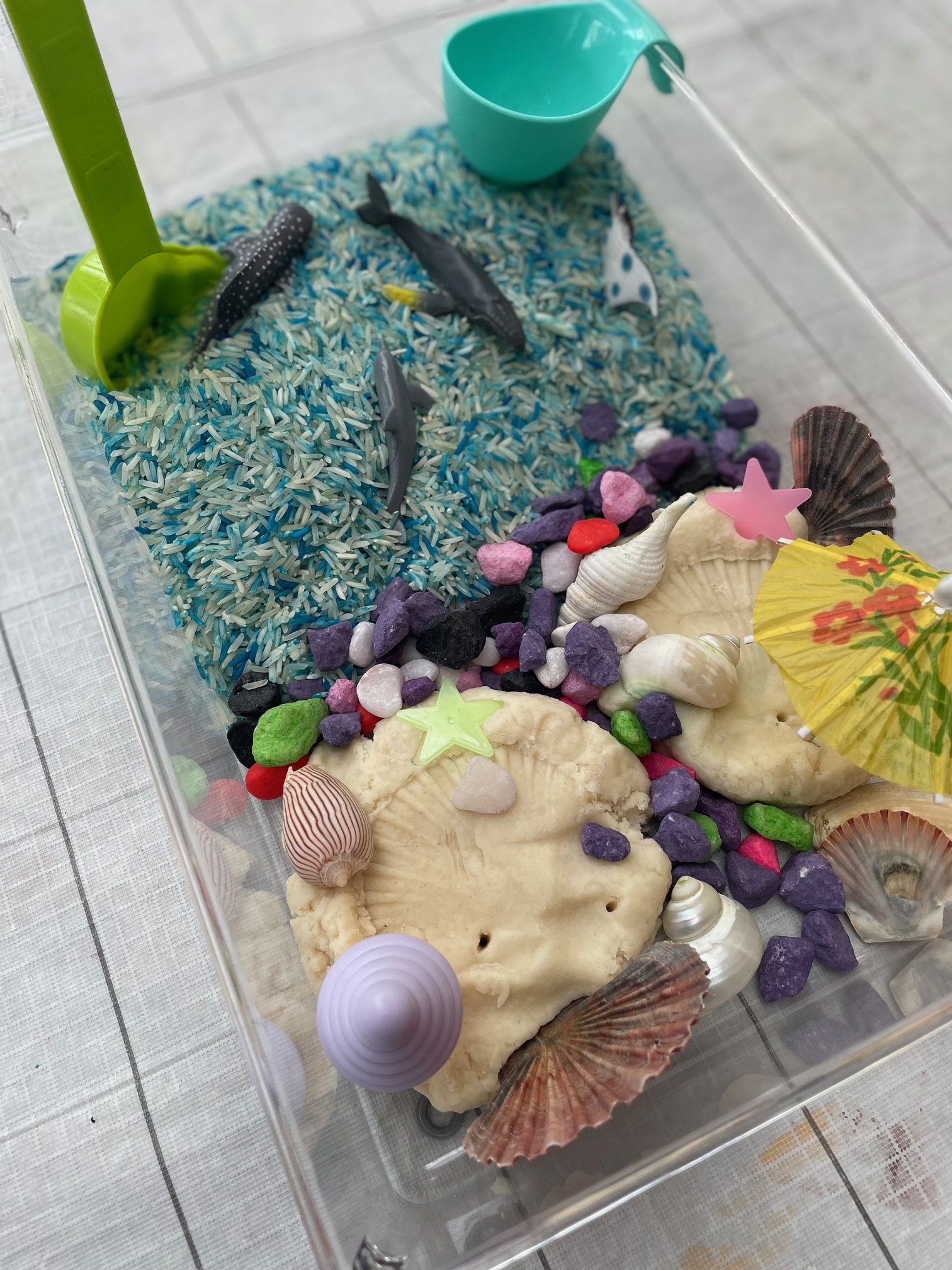
As a parent, you want the best for your child. You want them to develop their full potential, to explore, and to learn at their own pace. One of the most effective ways to do this is through sensory play. It’s an engaging and interactive way for children to explore and experience the world around them. In this post, I’ll take you through the benefits of sensory play, how to set up a sensory-friendly environment, and provide you with some fun and easy-to-execute activities to get started.
What’s Is Sensory Play?
It’s an unstructured play experience that allows children to engage their senses (sight, sound, touch, taste, and smell) in a hands-on way. It’s an opportunity for children to explore and discover new textures, colours, and smells, which helps develop their cognitive, motor, and social skills.
Here are some of the benefits of Sensory Play;
Enhances creativity: Sensory play encourages children to think creatively and experiment with different materials and textures
Develops fine motor skills: Activities like pouring, squeezing, and manipulating materials help improve hand-eye coordination and dexterity.
Fosters Social Skills: Sensory play is often done with others, promoting social interaction and communication.
Boosts confidence: Children feel proud of their creations and accomplishments, building self-confidence.
Reduces stress: Sensory play can be calming and soothing, helping children relax and regulate their emotions.
How To Set Up A Sensory-Friendly Environment At Home
Dedicate A Space
Choose a dedicated room or area in your home that can be used solely for sensory play. This could be a spare bedroom, a playroom, or even a section of your living room. Consider setting up shelving units or storage bins to keep sensory materials organised and within reach. You could also look at designating a specific area for each type of sensory activity, such as:
- A “sensory table” for activities like playdough and finger painting
- A “sensory bin” area for filling with rice, beans, or sand
- A “construction zone” for building and stacking blocks
Offer A Range Of Materials & Textures
Try to incorporate a variety of different textures and materials:
- Fabric: velvet, corduroy, felt, and burlap
- Paper: construction paper, cardstock, and scrapbook paper
- Wood: wooden blocks, wooden dowels, and wooden spoons
- Metal: metal beads, metal washers, and metal pie plates
- Sensory bins filled with rice, beans, sand, or pasta
- Playdough in various colours and textures (homemade or store-bought)
- Finger paints and crayons
- Play kitchen utensils and play food
- Building materials like LEGO, Magna-Tiles, or wooden blocks
Keep It Clean
Encourage your child to put away materials and tools after each activity to keep the space tidy. You could create a ‘Cleaning Schedule’ where you set aside time each day or week to deep clean the sensory play area. It’s advisable to use a disinfectant spray or wipes to quickly clean surfaces between activities however.
To help keep materials organised and easily accessible, labelled bins or containers are a great idea!
Sensory Play Activities Ideas:
- Sensory Bin Exploration: Fill containers with rice, beans, or sand and add small toys or other objects for your child to discover.
- Playdough Creations: Make homemade playdough using flour, water, and food colouring for a tactile experience.
- Finger Painting: Use washable paint and paper for a fun and creative outlet.
- Nature Walks: Take your child on a nature walk to explore different textures, smells, and sounds.
- Cooking and Baking: Engage your child in the process of cooking and baking to explore different smells and textures
Remember to involve your child in the process and adapt activities to their interests and abilities.
Sensory play is an essential part of childhood development. By following these simple tips and activities, you can create a sensory-friendly environment that encourages your child’s creativity, curiosity, and exploration.

Leave A Comment
You must be logged in to post a comment.